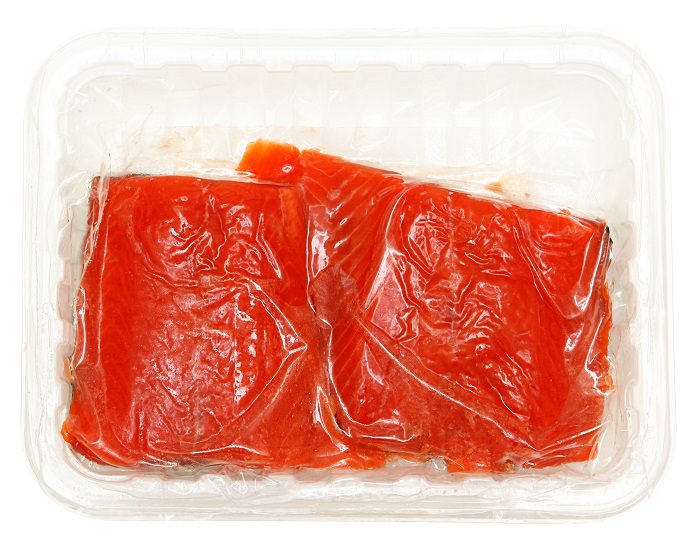When it comes to defrosting any type of meat, it’s extremely important to do it the correct way. While a lot of us might just take the frozen slab from the freezer to the counter and let it sit there until it’s not frozen anymore, there are actually better and safer ways to go about this, especially when we’re talking about fish, and especially when it’s vacuum-sealed.
We’re not knocking frozen fish. In fact, purchasing vacuum-sealed fish is one of the best ways to ensure that the fish is still fresh upon defrosting. It prevents the fish from drying out, locking all the moisture in and the individually-wrapped pieces are really convenient when you’re in a hurry for dinner.
However, it’s extremely important that when you do start to defrost vacuum-sealed fish that you remove the fish from the packaging before setting it out to thaw. Decreasing fish in its packaging can increase your risk of botulism.
What is Botulism?
While rare, botulism shouldn’t be taken lightly. It’s a serious sickness that’s caused by a toxin that attacks your body’s nerves. Symptoms of botulism include a feeling of weakness in your face, including your mouth, eyes, and throat, and potentially your neck, torso, arms, and legs. The bacteria can weaken your breathing muscles as well, which can make it difficult to breathe and, in some extreme cases, botulism can lead to death.
So what does botulism have to do with your vacuum-sealed fish? Well, one type of toxin, the C. botulinum toxin, comes about when spores allow it to breed in certain low-oxygen conditions, such as a vacuum-sealed package. But not when frozen, when warm. As the temperature rises, so does the risk of the toxin forming. The scary mark is right around 38 degrees Fahrenheit.
The reason your risk of getting botulism decreases when opening the sealed package before defrosting is that the fish can then be exposed to oxygen, so the spores won’t produce the cells that form the toxin.
Furthermore, thawing fish in this way can also lead to an increased risk of listeria or monocytogenes.
What is Listeria?
Listeria, just like botulism, is a bacteria that can grow on your food and cause you to get very sick. Symptoms can range from a headache, a stiff neck, confusion, fever, and muscle aches.
It can also be fatal. According to the Center for Disease Control and Prevention, around 1,600 people contract listeriosis every year, with around 260 deaths. People who are especially at risk include pregnant women, newborns, adults over the age of 65, and anyone with a weakened immune system.
To ensure that you don’t get any of these serious diseases, take proper caution when thawing fish, or any kind of meat. The best way to get seafood ready from the freezer to cooking is to put it in the fridge overnight.
How to Defrost Fish the Right Way
For quick defrosting, place the fish in a plastic baggie and run it under cold water. If you’re planning on cooking the fish immediately, use the thaw function on your microwave, but make sure the fish is still icy when you take it out. You just want to loosen it a bit so it’s pliable and easy to manage.
Source: tiphero
Images: depositphotos
 Go to BabaMail
Go to BabaMail




















































